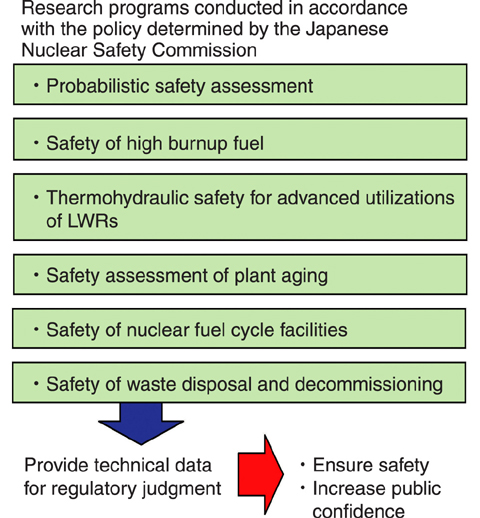
Fig.5-1 Major tasks and roles of Safety Research

Fig.5-2 Contribution to the investigation of cracks in the control rods with hafnium plates
To ensure the safety of nuclear installations, the regulatory authorities conduct strict investigations and inspections. Nuclear safety research is necessary to improve the safety regulations. The latest scientific and technical knowledge is essential for the development and improvement of the safety guidelines and regulatory criteria.
The Nuclear Safety Commission (NSC) proposed a " Prioritized Plan for Nuclear Safety Research" in July 2004, to be carried out in order to meet the future regulatory needs. The main tasks expected for us to accomplish are shown in Fig.5-1.
The results of nuclear safety research contribute to the maintenance and improvement of safety of the nuclear facilities and also to fostering public confidence in nuclear safety.
We have conducted various safety studies based on the Prioritized Plan for Nuclear Safety Research and have obtained many results in each field. In our research on risk-informed safety management in nuclear power plants, we developed a procedure for uncertainty analysis of source terms that is important for applications of PSA results such as the comparison of risk with safety goals (Topic 5-1). In the study on high burnup fuel safety, it was clarified that hydrogen absorption by the clad makes fuel failure possible under accident conditions (Topic 5-2). In addition, regarding fuel failure during reflooding by Emergency Core Cooling System, we have revealed that cladding gets brittle when it is slowly cooled to relatively low temperature before quench (Topic 5-3). In the safety assessment of advanced uses of a light water reactor, the possible enhancement of the boiling heat transfer by the wettability enhancement on the fuel clad surface due to the irradiation has been proved experimentally using the Japan Material Testing Reactor (Topic 5-4). We received awards from the Atomic Energy Society of Japan in 2006 for these results. For research on the structural integrity assessment of reactor components, we have developed a probabilistic fracture mechanics analysis program, PASCAL ver.2, which considers the scattering and uncertainties of loads applied to the vessel, fracture toughness, and frequency of cracks with non-destructive examination and evaluates the conditional fracture probability of reactor pressure vessel (Topic 5-5). For research on safety evaluation of nuclear fuel cycle facilities, we have developed a high-precision criticality safety evaluation method that is applicable to 5% to 10% 235U-enriched uranium fuel cycle facilities expected in the future (Topic 5-6). Moreover, data of the thermal properties of additional material required for prediction of a criticality accident in the powder preparation process of a fuel fabrication plant was acquired (Topic 5-7). In the field of radioactive waste disposal and decommissioning safety research, radionuclide migration experiments were performed at a depth of 240 m under international collaboration with AECL to demonstrate retardation of radionuclide migration deep underground (Topic 5-8). We developed the probabilistic assessment code system (PASCLR ver.2) for evaluating the radionuclide concentrations (clearance levels) at which radioactive materials do not need regulatory control. The results calculated by this code will contribute to the future establishment of clearance levels for the uranium and TRU wastes by the regulatory body (Topic 5-9).
Moreover, we carried out the investigations of cracks and damages in the control rod with hafnium plates at Unit 6, Fukushima Daiichi Power Station, Tokyo Electric Power Company (TEPCO) in cooperation with the Japan Nuclear Energy Safety Organization (JNES), based on a request from the Nuclear and Industrial Safety Agency (NISA). The causes of crack generation and mechanisms of its growth were clarified by analysis (Fig.5-2).